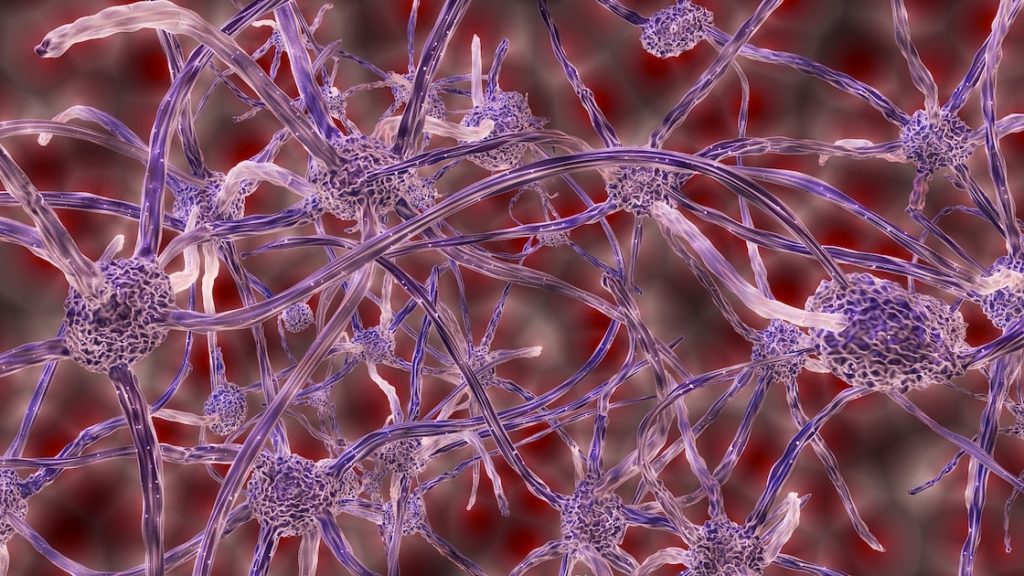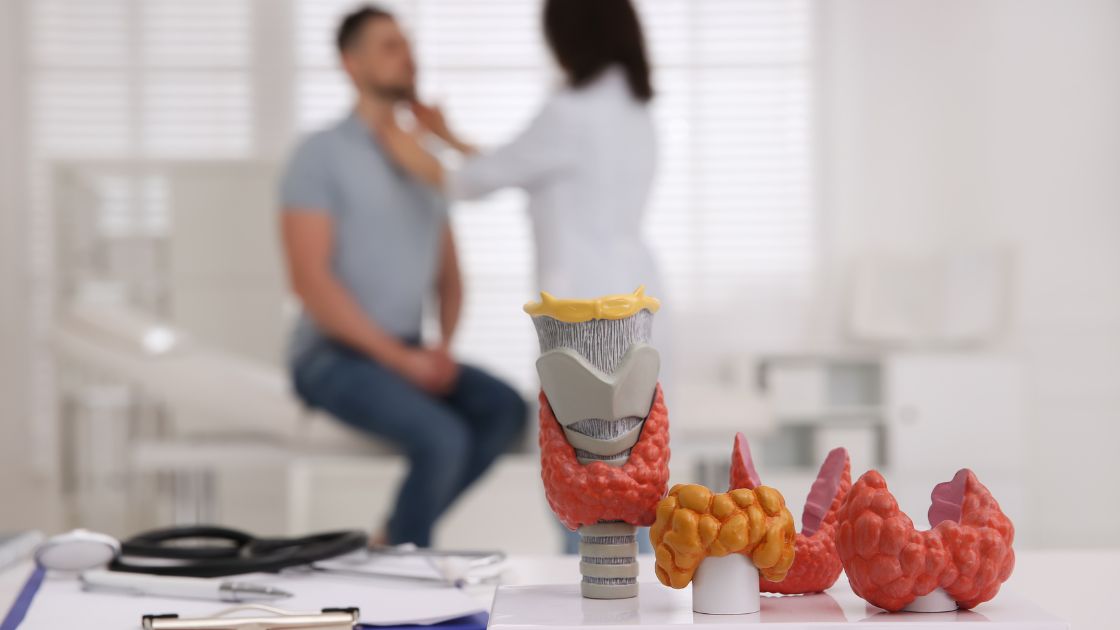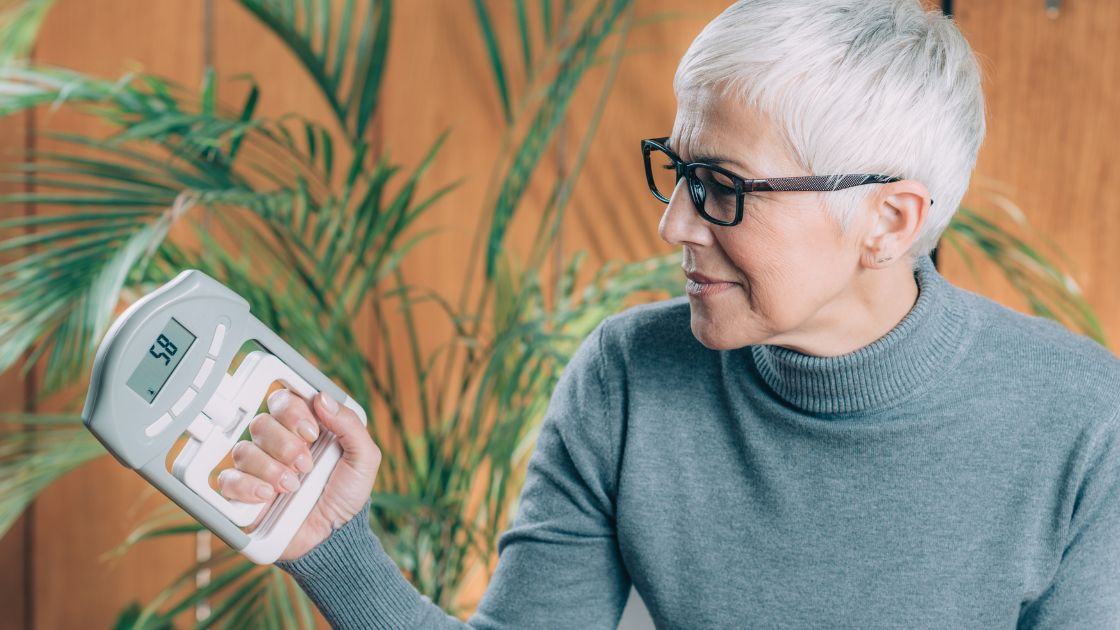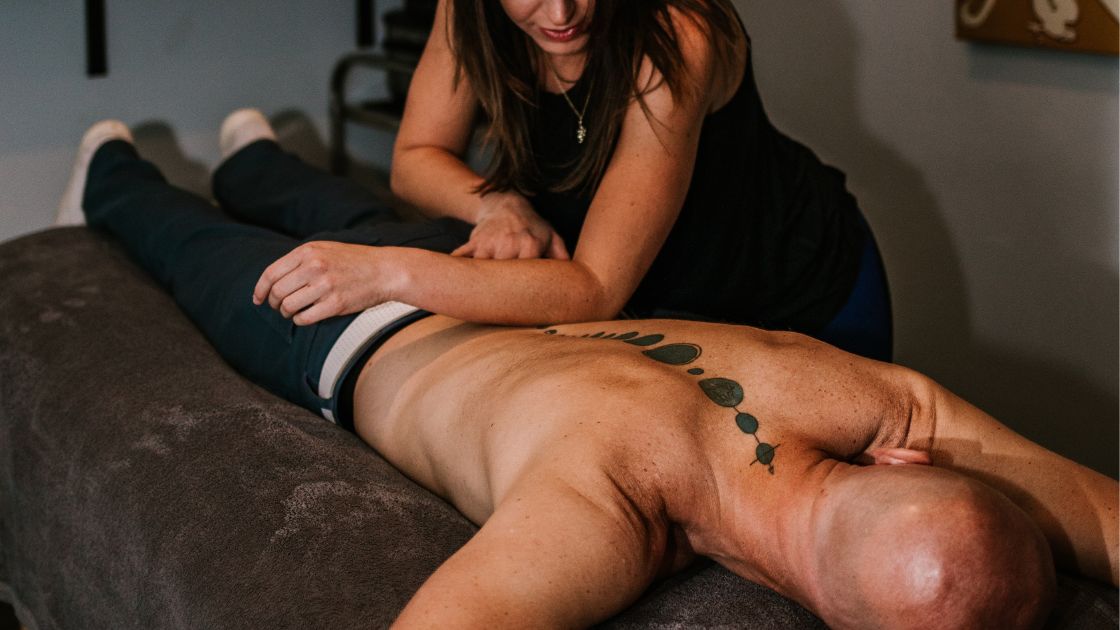How to Get Sciatica Relief

Have you ever had lower back pain that radiates to your hip, travels all the way down your leg, and then ends on the plantar surface of your feet? Is it a tingling pain, a burning pain, a sting, weak sensation, numbness, or just general discomfort? If so, you’re just like the 40% of the world’s population. Nearly one half of the people on this earth will experience, or already have experienced, the aforementioned symptoms of sciatica.
While it’s unlikely that the statistic has provided any physical relief for you, there may be some comfort in knowing that you’re far from alone. So let’s talk about sciatica and what you can do to relieve it!
What is Sciatica?
Sciatica refers to the pain that radiates all the way through your sciatic nerve. The sciatic nerve is the longest nerve in your whole body; it branches out from your lower back, extends to your hips and runs down the posterior sides of your legs. Though sciatica can affect both sides of the body, it usually only affects one.
Flares of sciatic pain are caused by a pinched sciatic nerve root. This impingement is most often the result of a herniated disc compressing on part of the sciatic nerve. However, sciatica can also be caused by hypertonic gluteal muscles, poor posture, or a pelvic tilt.
The pain can range from mild to excruciating and can usually be resolved through non-invasive means of therapy. While some cases are severe and require surgery, most can be effectively treated with massage, stretching, chiropractic, acupuncture, and/or physical therapy. Today we’ll talk about the benefits of sciatica massage and stretching — which don’t necessarily require the assistance of a massage therapist, (though that is highly recommended!) With the right household materials, you can actually relieve your symptoms with an easy self-massage! We’ll talk about that with instructions!
Sciatica Massage
When you’re receiving a sciatica massage, your therapist is probably going to start working where the source of the problem is located; your lower back. That’s where all those irritated sciatic nerve roots are hanging out. Massage will loosen up your tight lower back muscles, which will in turn reduce the amount of stress being placed on the nerve roots. From there your therapist will move onto your glutes, hips, posterior legs, and feet. Your therapist can always adjust the massage for your comfort — if any part of your body is too achy to receive body work, please speak up!
Stretching
Your massage therapist can also combine assisted stretching into your sciatica massage. While stretching on your own is a common post-massage instruction, assisted stretching comes with extra benefits! Proprioceptive neuromuscular facilitation, or PNF, is a special kind of stretching that your therapist can incorporate. Your joint range of motion has likely been impacted by sciatic pain, and this is where PNF comes in to help!
PNF involves a combination of physical assistance and resistance training. Your therapist will lift, push, or manipulate a specific group of muscles in your body; in this case, the ones that are impacted by sciatic pain. In PNF, your activated muscles will be taken to their full range of motion with the assistance of your therapist. Once full range is reached, you’ll be asked to press your affected body part against your therapist’s body. And get ready for this — your range of motion will increase before your eyes right after the first stretch! After your first resistance, your therapist will be able to stretch your muscles even further! This stretching technique is typically performed three times for each muscle group. It works like magic, really!
Self Massage
Do you have a tennis ball at home? Or a softball? Or any ball of similar size and firmness? If you do, then you have all you need for a self massage!
When you’re getting a massage, what are the most tender parts of your body? For most of my clients it’s either the glutes, the IT bands, or both. You know, just two of the muscles that are really aching from the sciatica! Some clients have such tender glutes and IT bands that the muscles recoil even from the lightest of touch from another person. So what can be done if those muscles need the release? You can do the massage yourself! You get to be in control of the pressure, the pace, and style. Let’s list the steps!
- Find your greater trochanter
- Your greater trochanter is a bony notch located at the top of your femur. It protrudes laterally, and what you want to do place a tennis ball right above it.
- Position your greater trochanter against a wall
- Place the tennis ball between the greater trochanter and a wall. Push your hip against the ball, keeping it secure against the wall.
- Roll the ball
- Once in a secure position, use your hip to roll the ball around your greater trochanter. You can let the ball circle around the notch, or you can just rotate and keep the ball above it. Whatever feels good!
- Try it on other parts of your body!
- If you’re able to position the ball on your sacrum, roll it around that area to relieve back pain! That one might be easier if you’re able to lie on your back and wedge with ball between your sacrum and the floor.
You can always use your fingers or a clenched fist to massage yourself as well. But you’ll probably find that you get a better effect when you use a ball (or a foam roller, or anything similar). The effects of massage aren’t as therapeutic when you’re using your own body part to massage another. This is because your brain is already predicting the sensation that comes from your own personal touch. The prediction lessens or cancels your body’s response. It’s for that same reason that you can’t tickle yourself!
So What Should You Do For Your Sciatica Pain?
See a doctor if you’re experiencing potential symptoms of sciatica. Never self-diagnose! Your therapist will best meet your needs if you have a proper diagnosis. Make sure there isn’t another underlying issue and always ask your physician if massage is right for you!
Written by: Katrina Jenkins, LMT





